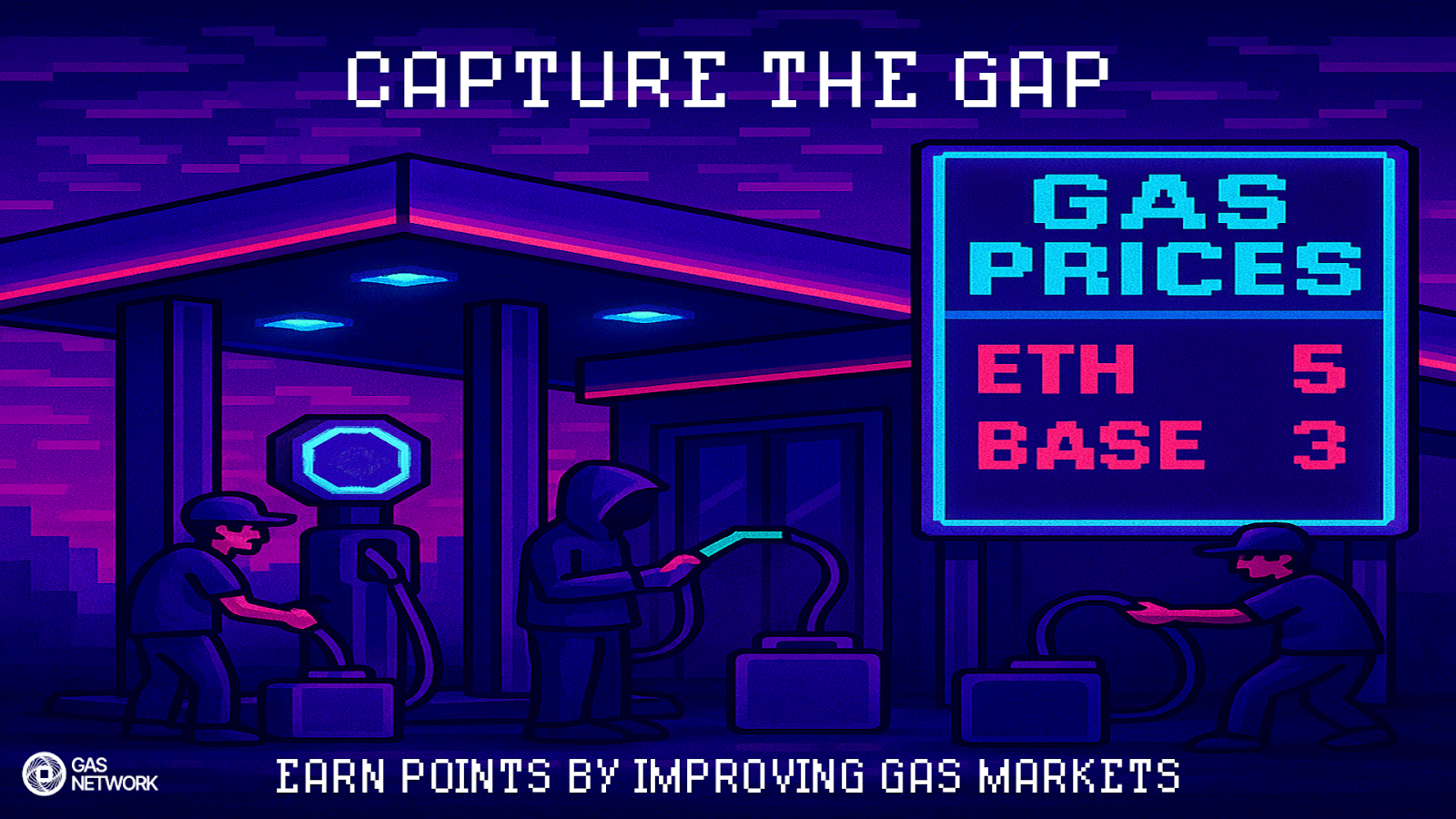Did you miss a blob? Do you want to know what was in a blob that went on-chain a month ago? We are thrilled to announce the launch of the Blocknative Blob Archive API, a treasure trove for those interested in the data of any blob that was trafficked by the Ethereum network. You read that right - any blob that was publicly trafficked, not just those that landed on-chain.
The Dencun upgrade, a landmark advancement for Ethereum, introduced proto-danksharding in the form of blobs. These blobs decreased gas fees for L2s but came with the consequence of being ephemeral: blobs are not stored on-chain after the 4096 epochs (a little over 18 days) are over. For an overview of what EIP-4844 and blobs are, please see our blog post covering the topic.
Storing blobs effectively requires robust infrastructure and expertise, and we are proud to be capturing and storing Ethereum Blob Data alongside our existing Mempool Archive for the benefit of the community. Some use cases include:
- I was looking at the Mempool Archive and noticed a particular type-3 transaction took a long time to land on-chain. I’d like to know what data was in these blobs but it has exceeded the expiration window for me to check on the beacon chain.
- I sent a blob and it didn’t land on-chain. What was the data inside?
- I sent a blob and I’d like to investigate it further but I don’t want to invest in the infrastructure to analyze it.
- What was the data in that blob I sent over a month ago?
- And more…
Dive in and let us know what you think! Below, you can find a tutorial on how to access the data.
How to Access the Blocknative Blob Archive
You can access the Blocknative Blob Archive via our Blob Archive API by using a blob’s versioned hash. The archive stores all blobs confirmed on-chain and those seen in the mempool that did not land on-chain.
The Blob Archive offers two ways to access this data:
- Full blob data: This method grants you access to the complete, uncompressed blob data. It includes the commitment, proof, count of zero bytes (not including padding), count of non-zero bytes, and blob data. It's ideal for individuals who want to see everything in the blob.
- Summary blob data: Each blob can store up to 128Kib of data, which may not be relevant to your research. This stripped-down version offers a lighter yet informative dataset. It will return the commitment, proof, count of zero bytes (not including padding), and count of non-zero bytes. Blob data will be empty.
Interpreting the Data
Full Blob Data
To get the full data with all the raw bytes you will use:
https://api.ethernow.xyz/v1/blob/{versionedHash}.
For our example you would input: https://api.ethernow.xyz/v1/blob/0x0107d0ea1310af5478d11fc45d90130e6231e522a80274d5d74ad9b389cd35cf
And you would get the following response:
(the above data field is abridged as the dataset is too large to insert here).
Summary Blob Data
The full blob data is large, so for many individuals only returning the commitment, proof, count of zero bytes (not including padding), and count of non-zero bytes is more than enough. Just set your data query parameter to be false.
For our example, you would input:
https://api.ethernow.xyz/v1/blob/0x0107d0ea1310af5478d11fc45d90130e6231e522a80274d5d74ad9b389cd35cf?data=false
And you would get the following response:
Finding the Versioned Hash
You can find the versioned hash of a blob in a few ways.
- Via the Mempool Archive.
- Via Ethernow by setting up a type-3 filter (example here)
Next Steps
We are firm believers in fostering a thriving Ethereum research community. We hope the Blob Archive gives the community the tools they need to review and investigate blobs beyond their 4096 epoch storage window. If you’d like to join the research community using these tools, join our research Telegram channel.
Gas Extension
Blocknative's proven & powerful Gas API is available in a browser extension to help you quickly and accurately price transactions on 20+ chains.
Download the Extension


